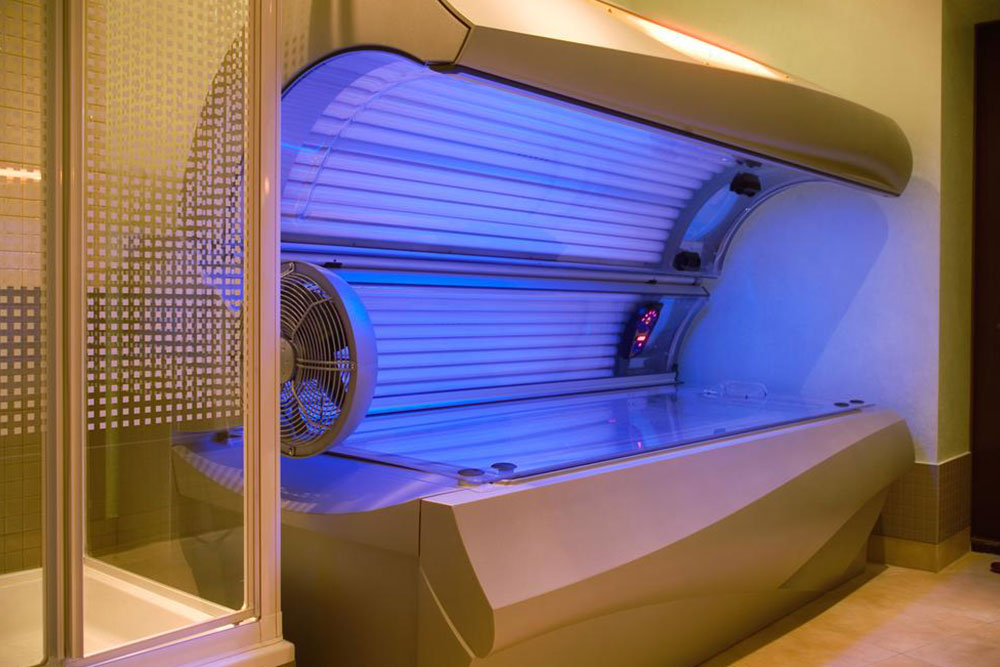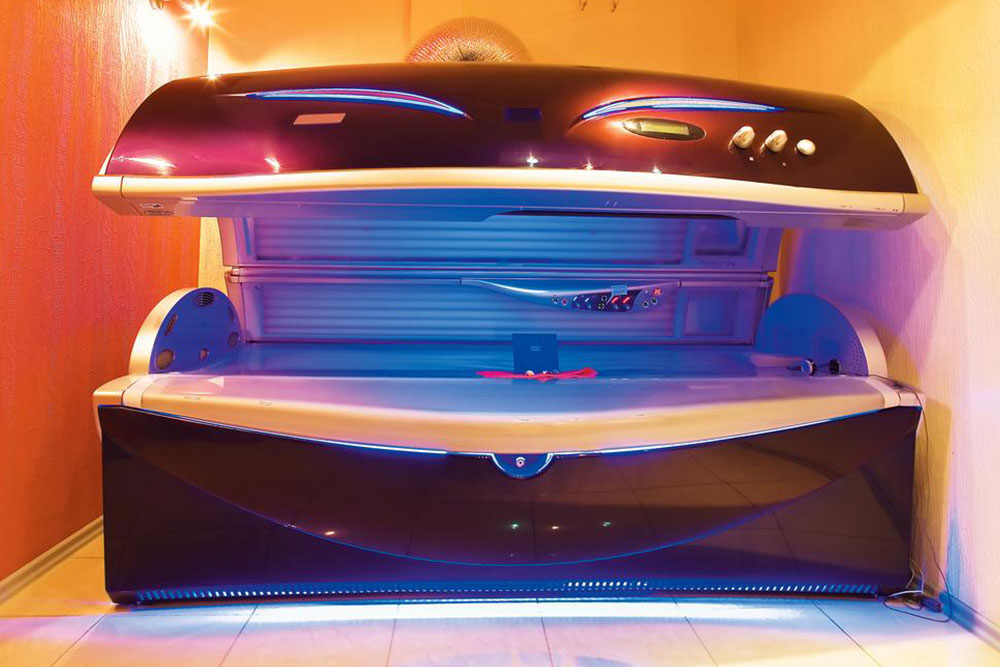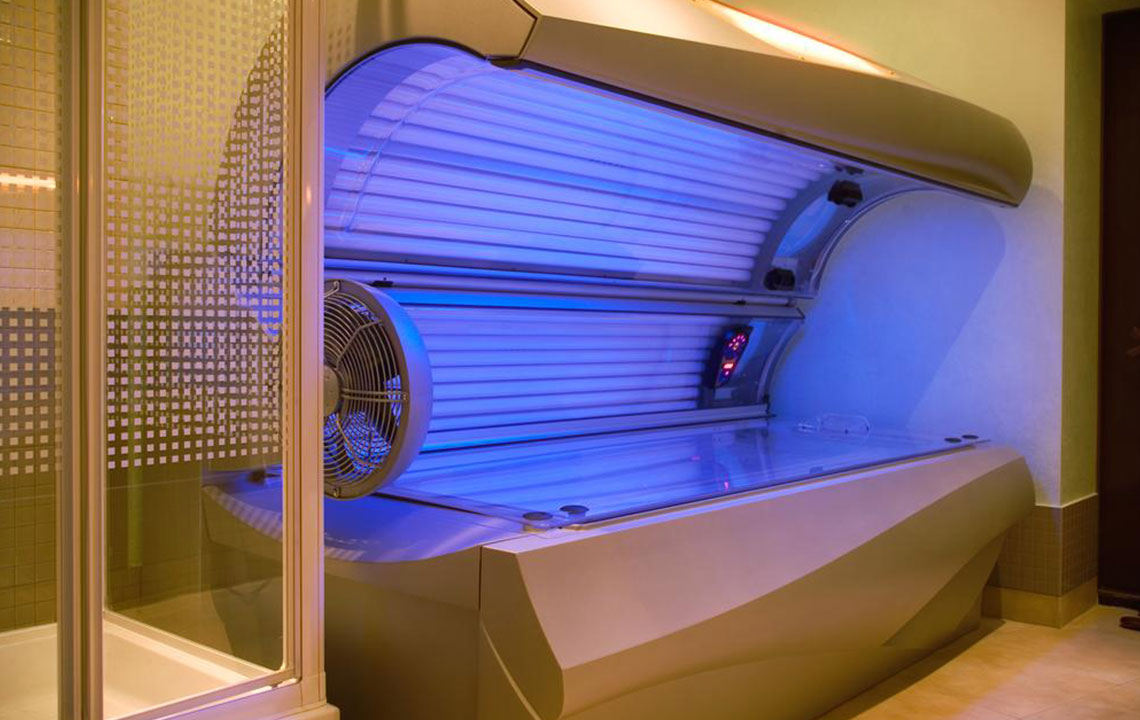Comprehensive Guide to Selecting the Perfect Home Tanning System
Discover everything you need to know about selecting the perfect home tanning system. From types like low-pressure and high-pressure units to design options like beds, booths, and portable canopies, this comprehensive guide helps you make informed decisions. Learn about advanced safety features, benefits, and tips for responsible usage to achieve a beautiful, even tan at home. Whether you seek quick results or long-term investment, find the ideal equipment tailored to your needs and preferences, ensuring safe and effective tanning in the comfort of your residence.

Your Complete Guide to Choosing the Right Home Tanning Equipment
In recent years, the desire for a radiant, sun-kissed glow has driven many individuals to explore the convenience of at-home tanning solutions. A personal home tanning system offers a luxurious alternative to frequent salon visits, providing an affordable, private, and customizable way to achieve beautiful bronze skin without leaving your residence. As the popularity of these devices skyrockets, a wide variety of models and features have flooded the market, making the process of choosing the right unit both exciting and overwhelming. This comprehensive guide aims to walk you through the essential aspects of selecting a home tanning system that aligns with your aesthetic goals, safety concerns, and budget.
Types of Home Tanning Devices
Choosing the ideal tanning system begins with understanding the main types of devices available, each designed to offer distinct tanning experiences and safety profiles. Here, we explore the most common options:
Low-Pressure Tanning Units: These traditional tanning beds utilize low-pressure lamps that emit primarily UVA rays, mimicking natural sunlight. They are favored for their ability to produce a quicker tan and offer a more gentle experience on the skin. Due to their UVA focus, these beds require careful use to prevent overexposure that might lead to skin burns. The UVB rays, responsible for vitamin D synthesis and burning, are kept at minimal levels, making low-pressure beds a popular choice for consistent tanning without excessive risk. However, prolonged or frequent exposure to UVA radiation has been linked to premature skin aging, including wrinkles and fine lines, so usage moderation and proper protection are essential.
High-Pressure Tanning Devices: These high-end units emit predominantly UVA rays but with enhanced intensity and longer wavelength stability. The production of UVB rays is minimal, reducing the likelihood of sunburn. Sessions on high-pressure beds are typically shorter, around 15-20 minutes, and often provide an instant, deep tan with fewer chances of burning or skin drying. Nonetheless, long-term exposure to UVA rays has raised concerns about skin aging and potential carcinogenic risks; thus, careful adherence to recommended usage durations is crucial. Some users appreciate these devices for their efficiency and luxurious tanning experience, especially when used with advanced safety features.
Design Variations and Features
The shape and configuration of home tanning units influence user comfort, convenience, and space utilization. Selecting the right design depends on personal preferences and living arrangements:
Conventional Tanning Beds: Resembling compact cocoons, these are full-body units equipped with multiple fluorescent tubes—typically between 16 to 24—that emit controlled UV radiation. Designed for lying down, they often feature a sturdy lid and a bench, providing comprehensive exposure for the entire body. Many models include adjustable settings for session duration, ensuring safe and customized tanning experiences. Modern models come with digital controls, timers, and safety sensors to prevent overexposure.
Tanning Booths: These standing devices allow users to remain upright during sessions, making them an efficient choice for tighter spaces. Standing booths promote even tanning across all body parts, including hard-to-reach areas, thanks to their vertical design. They are often regarded as more hygienic because users do not come into contact with bedding surfaces. Many booths include features like built-in fans, cooling systems, and advanced UV lamps for enhanced comfort and safety.
Tanning Canopies and Compact Devices: For those with limited space or seeking a portable option, tanning canopies and smaller units are ideal. These devices use targeted bulbs to focus UV exposure on specific body areas, making them suitable for touch-ups or supplemental tanning. While cost-effective and space-saving, achieving an even tan across the entire body might be more challenging due to coverage limitations. Proper technique and perhaps complementary use of larger units can help optimize results.
Modern Features and Safety Innovations
The latest home tanning beds are equipped with advanced technological features designed to improve user experience and safety. Digital controls enable precise session timing and intensity adjustments, while integrated facial tanners ensure an even, natural-looking glow. Some models incorporate cooling fans, aromatherapy options, or skin contact sensors that automatically stop the session if skin irritation occurs. These innovations not only enhance comfort but also help mitigate risks such as overexposure or skin damage.
Before making a purchase, conduct thorough research on each model's safety certifications, user reviews, and maintenance requirements. Consulting with skincare professionals or tanning experts can also provide valuable insights. Remember, while at-home tanning presents a convenient way to maintain a bronzed appearance, responsible usage and consistent adherence to safety guidelines are vital to protecting your skin health in the long run. By understanding the types, design options, and technological features, you can select a home tanning system that aligns with your beauty goals, safety considerations, and lifestyle needs.




